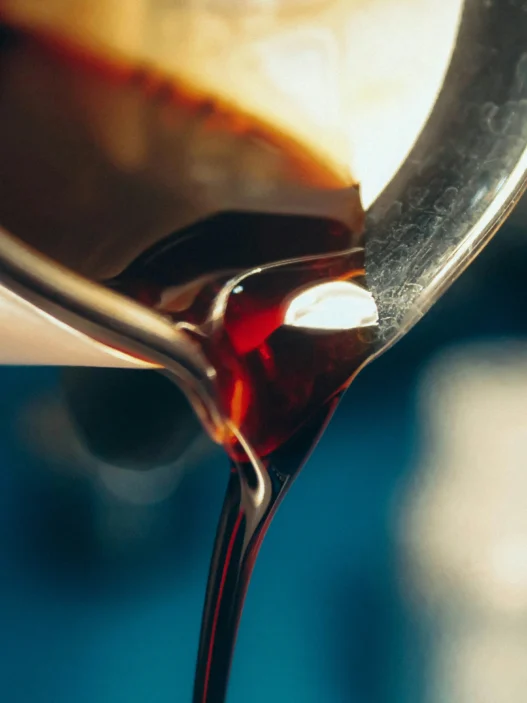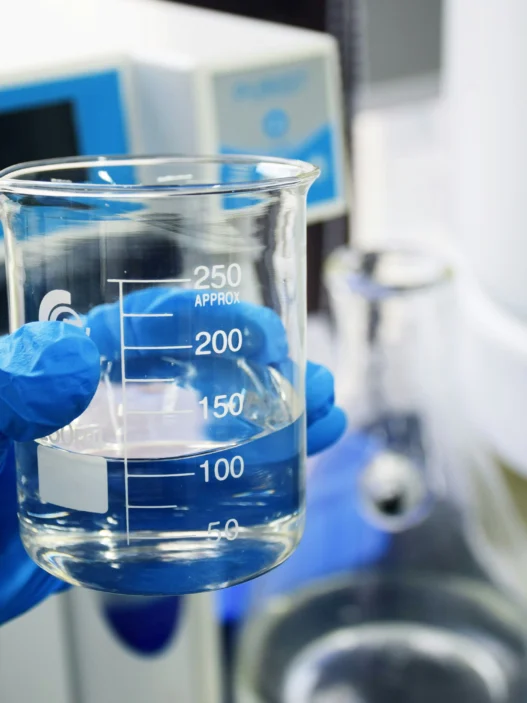Beta-alanine is a non-essential amino acid that plays a crucial role in everyday life by helping to increase levels of carnosine in the muscles. This can lead to improved exercise performance and muscle endurance, making it particularly beneficial for athletes and individuals with active lifestyles. By delaying muscle fatigue, beta-alanine can enable individuals to push themselves further during workouts and achieve better fitness results. Its role in buffering acid build-up in the muscles also contributes to overall health and well-being.
Table of Contents:
- 💡 Commercial Applications
- ⚗️ Chemical & Physical Properties
- 🏭 Production & Procurement
- ⚠️ Safety Considerations
- 🔬 Potential Research Directions
- 🧪 Related Compounds
💡 Commercial Applications
Beta-alanine, a non-essential amino acid, has various commercial and industrial applications. It is commonly used as a supplement in the fitness industry to improve exercise performance and endurance. Additionally, beta-alanine is utilized in the production of cosmetics and personal care products for its antioxidant properties.
In the realm of drug and medication applications, beta-alanine plays a crucial role in the synthesis of carnosine, a dipeptide with antioxidant and anti-aging properties. Carnosine has been studied for its potential benefits in combating oxidative stress and inflammation, making beta-alanine a valuable ingredient in pharmaceutical formulations targeting these conditions. Moreover, beta-alanine is being investigated for its potential use in the treatment of neurological disorders due to its ability to increase brain carnosine levels.
⚗️ Chemical & Physical Properties
Beta-Alanine is a white crystalline powder with no distinct odor, characteristic of amino acids.
With a molar mass of approximately 89.09 g/mol and a density of 1.437 g/cm³, beta-Alanine is significantly lighter and less dense than common household items such as table salt and sugar.
Beta-Alanine has a melting point of 197 °C and a boiling point of 296 °C, which are higher than those of common household items like butter and ice, indicating its stability at higher temperatures.
Beta-Alanine is highly soluble in water and has a low viscosity, making it easily dissolved and incorporated into various solutions. This contrasts with common household items like oil or honey, which have lower solubility in water and higher viscosity.
🏭 Production & Procurement
Beta-Alanine, a nonessential amino acid, is typically produced through a chemical synthesis process in a laboratory setting. This process involves the condensation of ethyl chloroacetate with ammonia, followed by decarboxylation to yield beta-Alanine. The resulting product is then purified through various filtration and crystallization techniques to ensure its quality and purity.
Beta-Alanine can be procured from specialized chemical suppliers who distribute the compound in various forms, such as powder or capsules. These suppliers often maintain strict quality control measures to ensure the purity of the product. The compound may be transported in sealed containers or packaging to prevent contamination or degradation during transit.
Once procured, beta-Alanine may be transported via various methods, including air, sea, or land transportation. The compound is typically packaged in accordance with international regulations for the transportation of hazardous or potentially harmful substances. Specialized carriers may be utilized to ensure the safe and secure delivery of beta-Alanine to its designated destination.
⚠️ Safety Considerations
Safety considerations for beta-Alanine include the need for proper storage and handling to prevent accidental exposure. It is important to keep beta-Alanine in a secure location away from children and pets. Additionally, individuals should wear appropriate protective equipment when working with beta-Alanine to minimize the risk of skin or eye irritation.
The pharmacology of beta-Alanine involves its role as a non-essential amino acid that is known to increase levels of carnosine in muscles. Carnosine acts as a buffer against the build-up of lactic acid during exercise, which can help reduce fatigue and improve performance. Beta-Alanine supplementation has been shown to be effective in increasing muscle carnosine levels, particularly in athletes involved in high-intensity activities.
Hazard statements for beta-Alanine include the potential for skin and eye irritation upon contact. Ingestion or inhalation of beta-Alanine may also cause gastrointestinal irritation. It is important to avoid prolonged or repeated exposure to beta-Alanine to minimize the risk of adverse health effects. In case of exposure, individuals should seek medical attention and follow appropriate first aid measures.
Precautionary statements for beta-Alanine include the need to use proper ventilation when handling the substance to prevent inhalation of dust or vapors. Individuals should also avoid direct contact with skin or eyes and wash thoroughly after handling beta-Alanine. In case of accidental ingestion, individuals should seek medical attention immediately. Proper disposal methods should also be followed to prevent environmental contamination.
🔬 Potential Research Directions
Beta-Alanine is a non-essential amino acid that has gained significant attention in the realm of sports performance and exercise physiology research. One potential research direction for beta-Alanine is its role in buffering lactic acid accumulation during high-intensity exercise, which may lead to enhanced exercise capacity and performance.
Moreover, beta-Alanine supplementation has shown promising effects in improving muscle Carnosine levels, which can act as an antioxidant and help reduce muscle fatigue and improve recovery. Future research directions may explore the long-term effects of beta-Alanine supplementation on muscle Carnosine levels in different populations, such as athletes, aging individuals, and those with muscle-wasting conditions.
Additionally, emerging research suggests that beta-Alanine may have potential applications in clinical populations, such as patients with heart failure or neurological disorders. Investigating the effects of beta-Alanine supplementation on muscle function, exercise tolerance, and quality of life in these populations could provide valuable insights into its therapeutic potential.
🧪 Related Compounds
One similar compound to beta-Alanine based upon molecular structure is alpha-Alanine. Alpha-Alanine is an amino acid that is non-essential and plays a crucial role in the synthesis of proteins. It is structurally similar to beta-Alanine, with the only difference being the position of the amino group on the carbon atom.
Another compound with a similar molecular structure to beta-Alanine is gamma-Aminobutyric acid (GABA). GABA is a neurotransmitter that plays a crucial role in the central nervous system by reducing neuronal excitability. Like beta-Alanine, GABA contains a carboxylic acid group and an amino group, making it structurally similar to beta-Alanine.
Carnosine is another compound that bears resemblance to beta-Alanine in terms of molecular structure. Carnosine is a dipeptide composed of beta-Alanine and histidine, and it acts as an antioxidant and a pH buffer in skeletal muscles. Both beta-Alanine and carnosine contain the beta-amino acid group, which contributes to their structural similarity.





